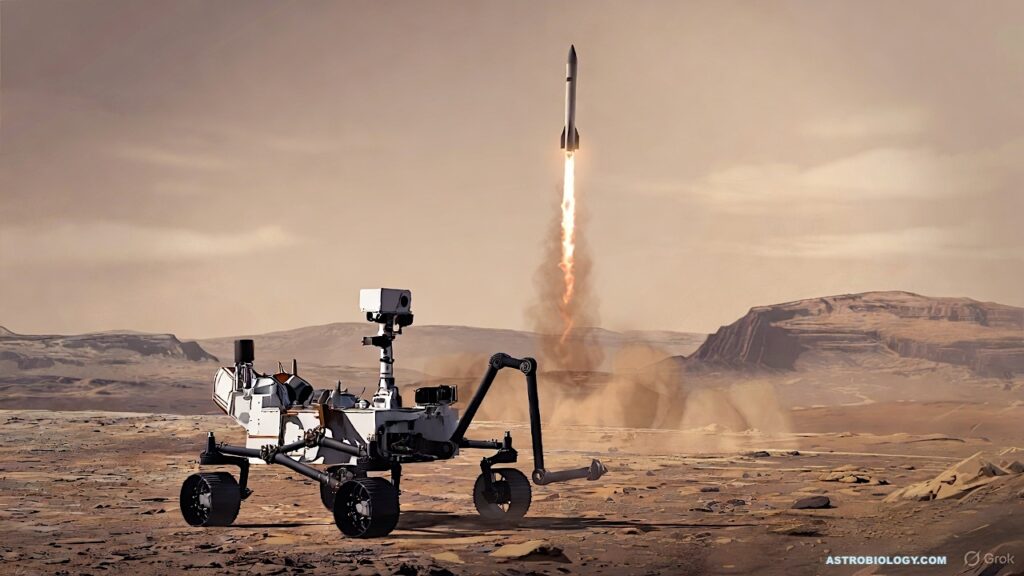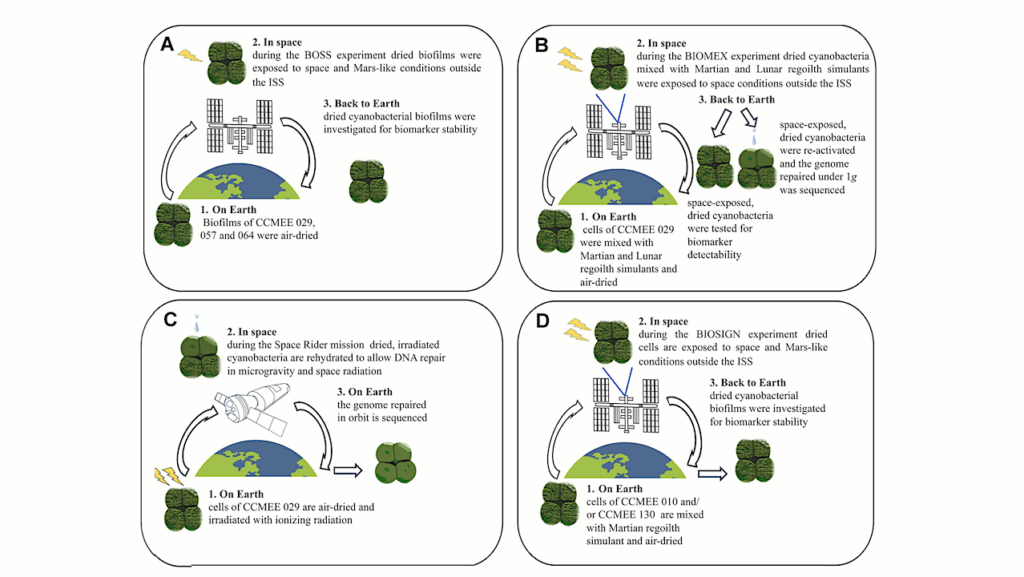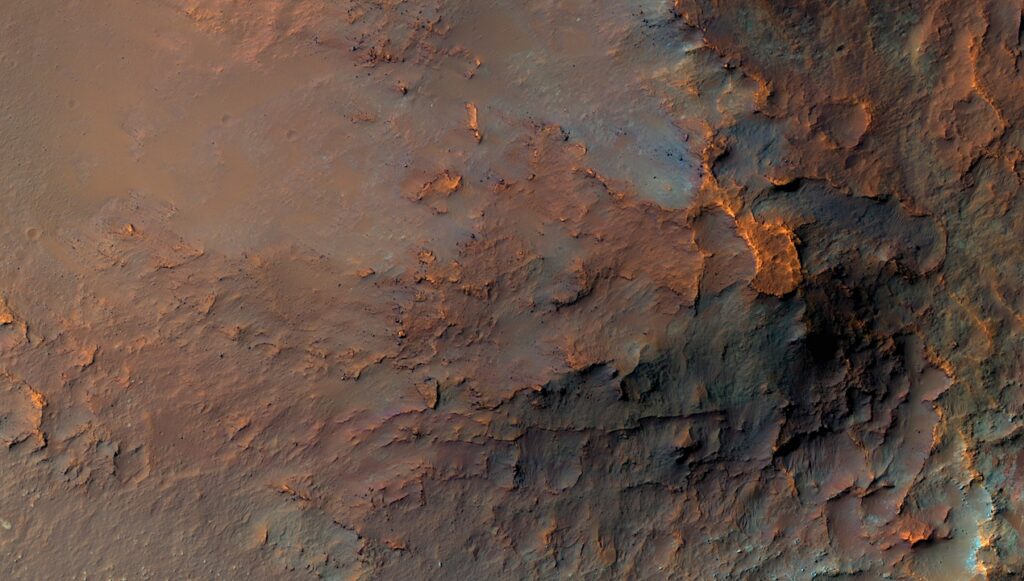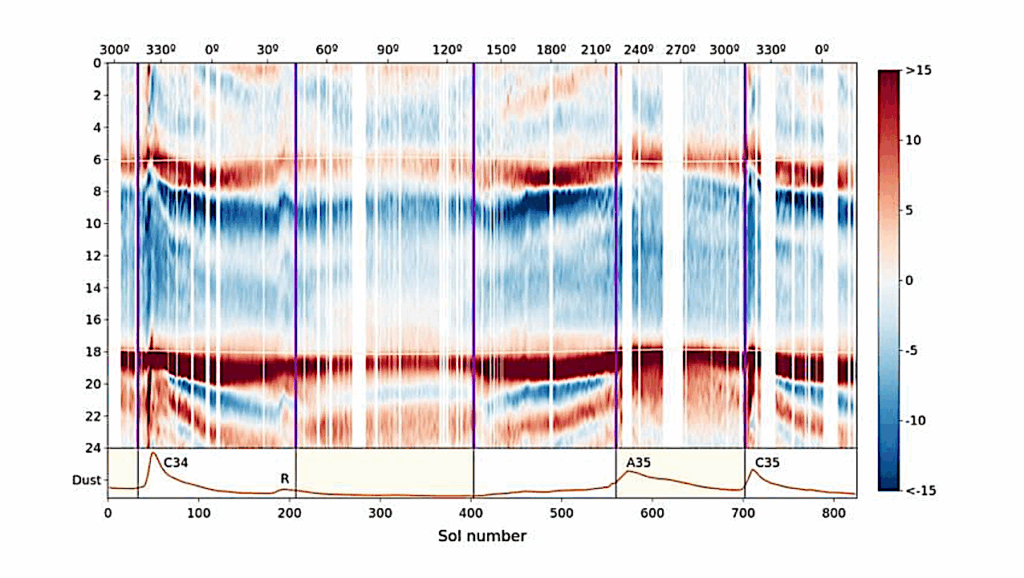Balloon Experiment Reveals Earth Microbes' Likely Fate on Mars

Understanding the limits on what microbial life can endure is important for preventing contamination of the Red Planet with terrestrial microbes when our human and robotic explorers arrive.
It’s also necessary for avoiding false positives from organisms we may have brought with us, when searching for life beyond our own planet. One of the fundamental questions that NASA aims to answer is whether Mars was ever home to microbial life, and whether it is today.
In October 2015, a giant research balloon carrying a NASA experiment launched to an altitude of 19 miles (31 kilometers) above the Earth to determine the likely fate of any bacterial stowaways on future spacecraft destined for Mars. The study found that within a day of direct exposure to light, a vast majority of the bacteria will be destroyed by ultraviolet (UV) radiation from the sun, on the Martian surface.
Led by David J. Smith of NASA’s Ames Research Center in Silicon Valley, the Exposing Microorganisms in the Stratosphere, or E-MIST, experiment carried samples of a very hardy microbe in a protective, dormant state, called an endospore, that some bacteria adopt when environments are unfavorable. Exposing them to the harsh conditions of Earth’s stratosphere offers a good simulation of the surface of Mars, since both locations are similarly stressful for life as we know it: extremely cold and dry, with low air pressure and fierce radiation.
Once the bacterial samples were parachuted back to Earth for analysis, Smith’s team found that after just eight hours of exposure, 99.999% of the bacteria were dead. The researchers checked the genes of the few that had survived the onslaught of UV rays above the protective layers of Earth’s atmosphere, and found several small differences in their DNA compared to a population of the same bacteria kept on the ground. This result suggests that if any microbes hitching a ride on a spacecraft to Mars did manage to survive the journey, they could potentially experience genetic changes. However, more studies will be needed to determine if those mutations would have any consequences for the bacteria or their ability to survive.
“Another point for consideration is that we only tested a single bacterial strain with this flight,” said Smith. “Follow-on studies will be needed with more test species so we can find out if every ‘bug’ dies as quickly. What about the ones under a pile of dead endospores, or covered in dust? We don’t know. These will be topics for future scientific balloon flights.”

A scientific balloon is seen being filled with helium in the New Mexico desert before launching to the stratosphere, on October 10, 2015.
Credits: NASA/Christina Khodadad
The E-MIST experiment was conducted in coordination with the NASA Balloon Program Office, managed by the agency’s Wallops Flight Facility in Virginia. E-MIST was funded by the Core Technical Capabilities Special Studies at the Kennedy Space Center in Florida, and the Space Biology Project at Ames. The results were published online on March 21, 2017 in the journal Astrobiology.








